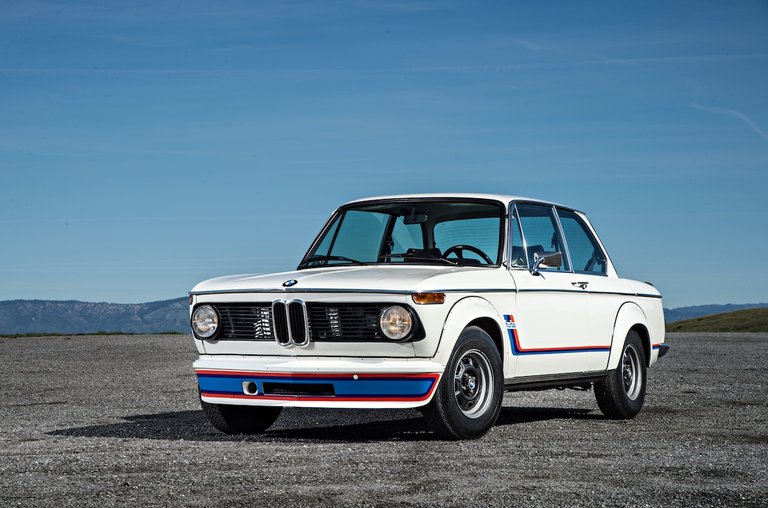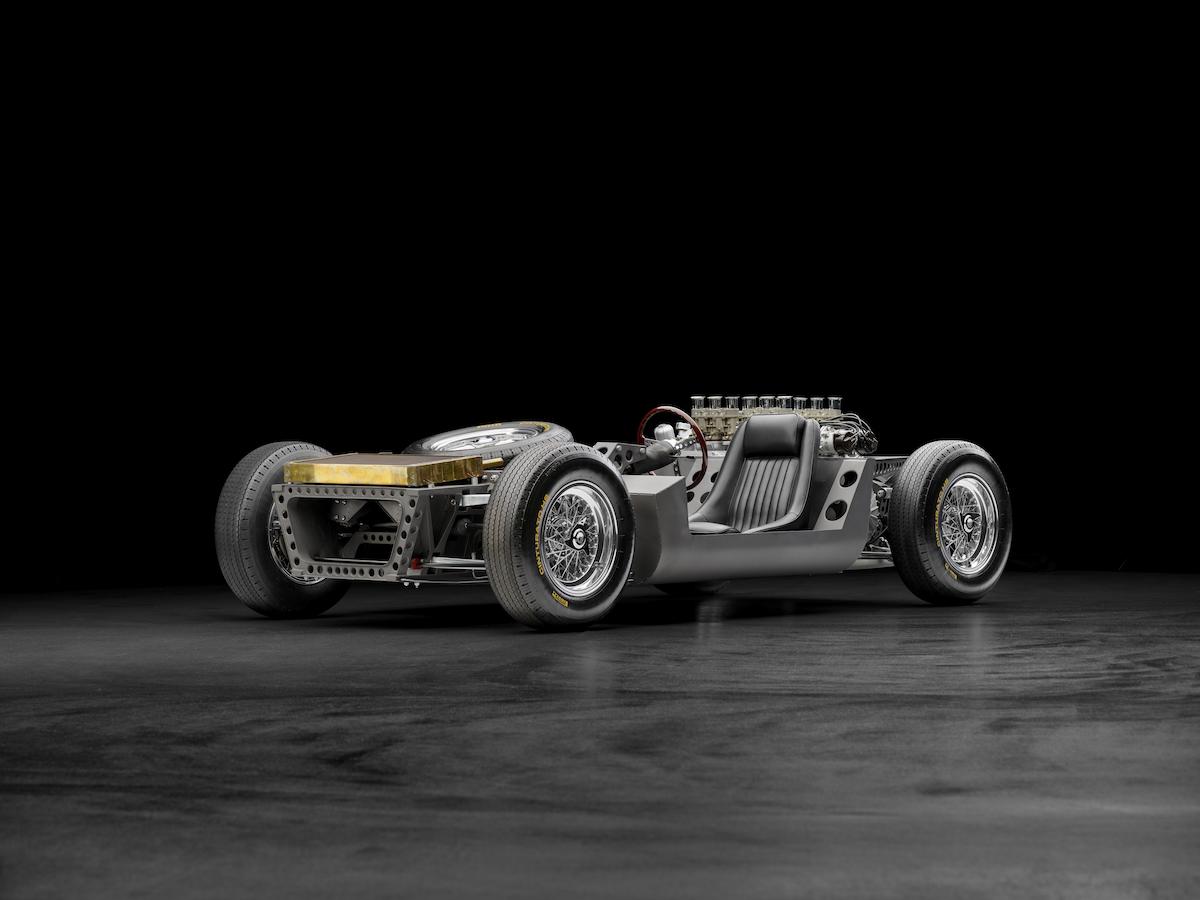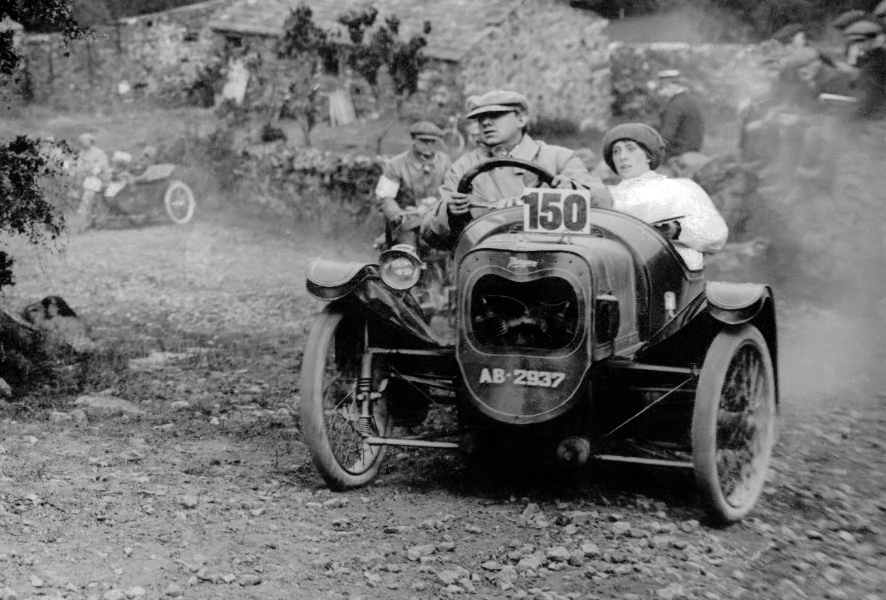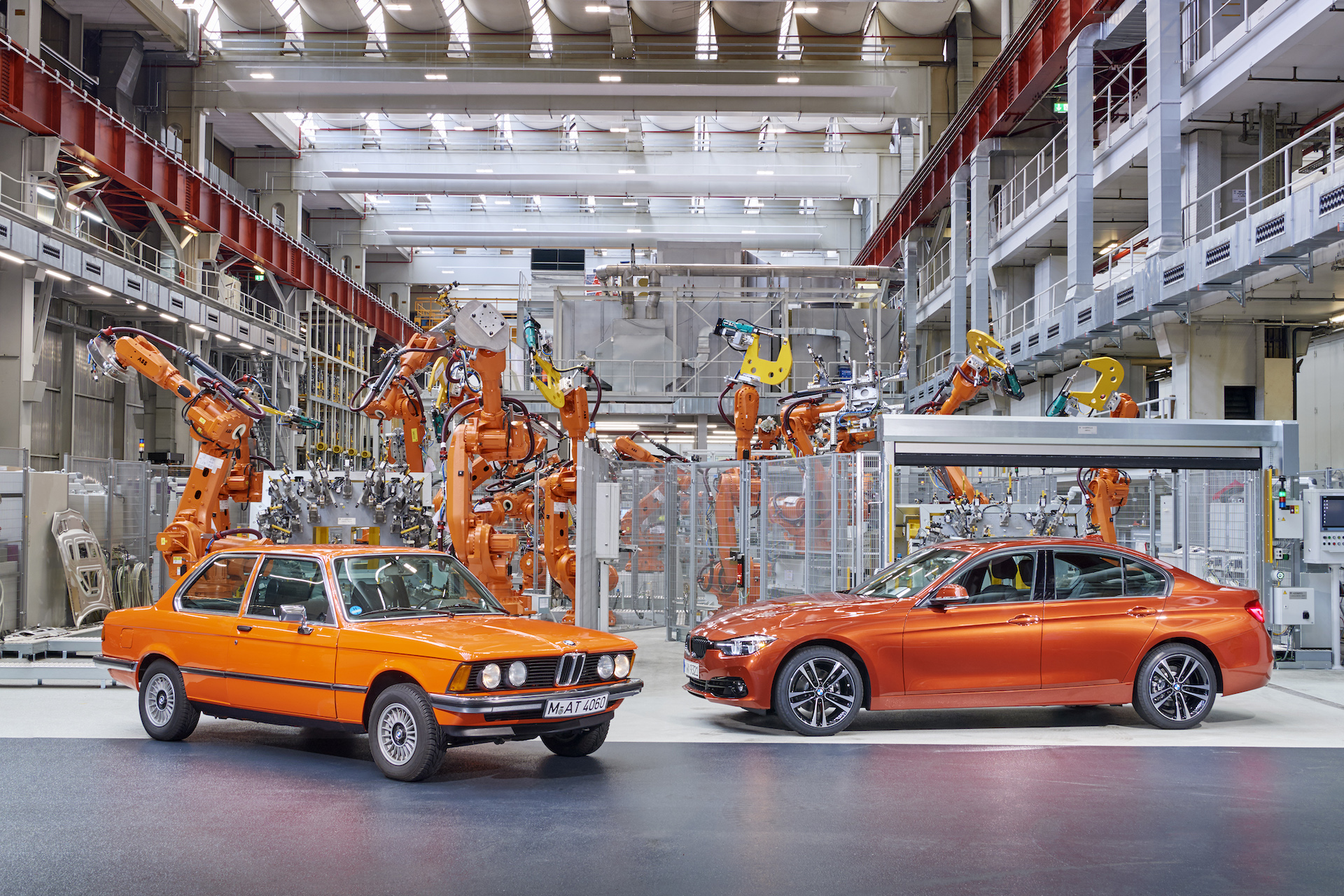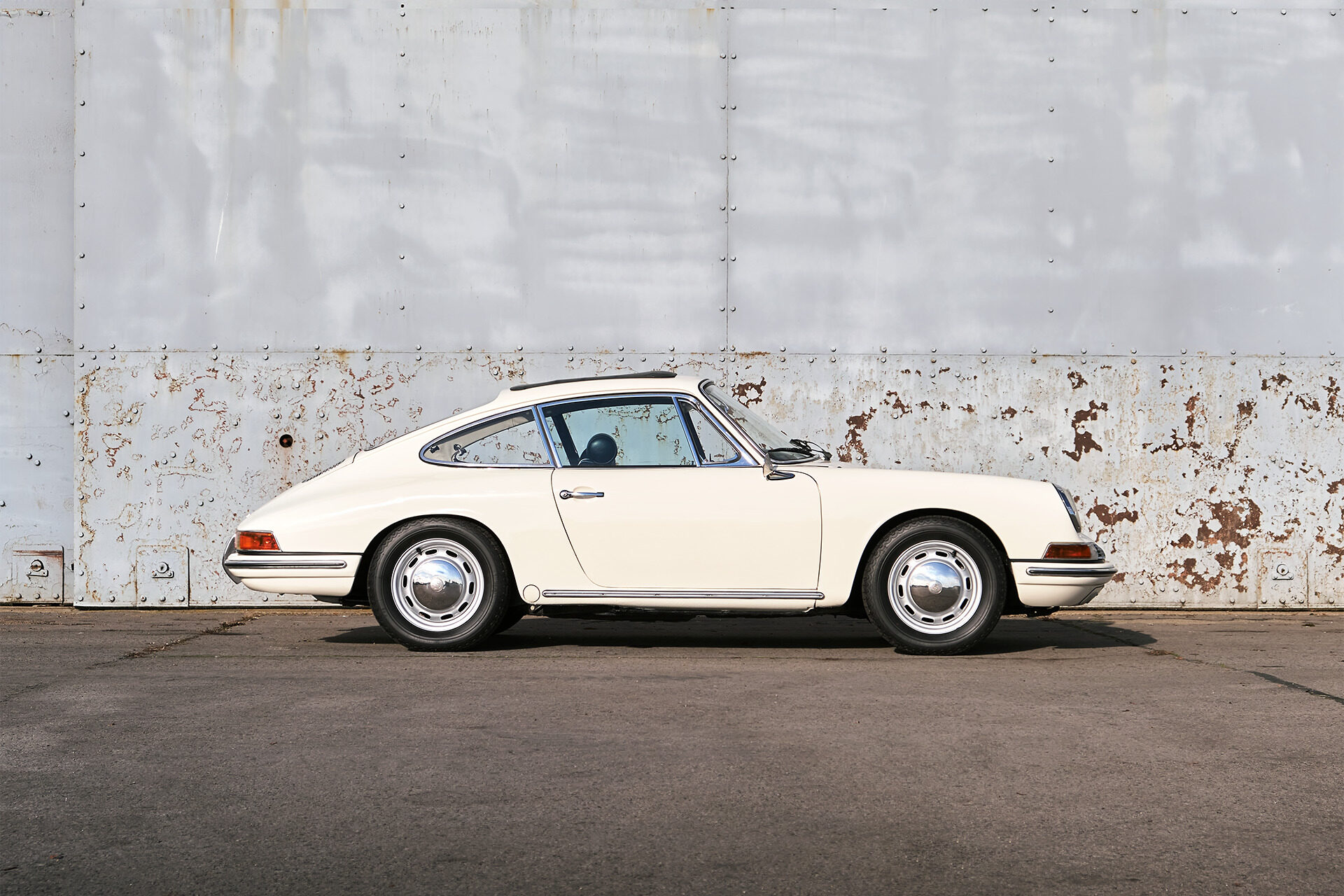The 2002 Turbo was clearly ahead of its time for BMW, who subsequently steered away from turbocharging for decades beyond, and was short-lived due to its arrival at the wrong time ahead of the first energy crisis of the ’70s
Weighing just over 1000kg and punching out a lively 127kW and 241Nm from its force-fed 2.0-litre four-pot, the pugnacious BMW 2002 Turbo briefly terrorised far bigger and more powerful machines on German autobahns during the early 1970s.
Some cars are born great; some have greatness thrust upon them. Yet others achieve immortality by being the first of their kind, or by being short-lived due to their arrival in turbulent times. A freakish few, like the BMW 2002 Turbo of 1973-74, are great because of all the above.
The 2002 Turbo – codenamed E20 – is often claimed to be the world’s first turbocharged production car. In fact, that honour had already gone to the 1962 Oldsmobile Jetfire, followed closely by the Chevrolet Corvair Spyder.
BMW’s ‘02’-series was the bridge from the bankruptcy-battered BMW of the early-1960s to the sporty, stylish brand of the 1970s. The 2.0-litre version of 1968 had been inspired, like several continental contemporaries, by the urging of US importer Max Hoffman. The 2002 evolved through single-carb, then twin-carb (ti) to mechanical fuel-injection (tii), the latter delivering 93kW.
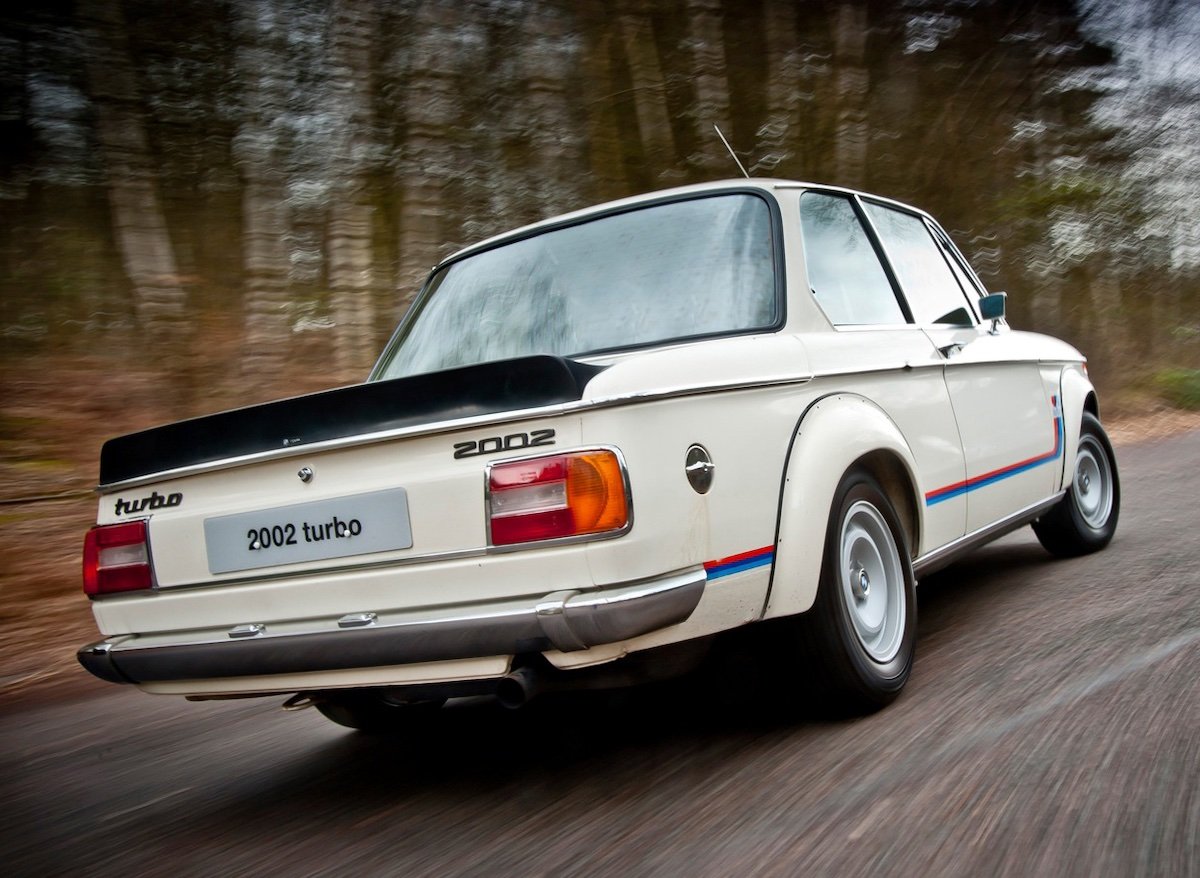
Although some may claim the 2002 Turbo was the world’s first turbocharged production car, the Oldsmobile Jetfire had already taken that honour in 1962
Indeed, in the early 1970s, BMWs were often nicknamed the “Baader-Meinhof Wagen”. The left-wing terrorist gang’s penchant for easily-nicked BMWs came to light when a 2002 was involved in a police shoot-out.
The iron-block, five-bearing, four-cylinder SOHC engine was enjoying a stellar career of its own in Formula 2, with various tuners having developed 16-valve heads for them. But the 2002 had revived BMW’s interest in the European Touring Car Challenge and a turbo variant was developed with the goal of winning the 1969 ETCC.
The racing 2002 Turbo weighed just 860kg and its turbocharged M121 engine produced around 200kW. Fast, fearsome and fragile, it duly propelled F2 star Dieter Quester to the title.
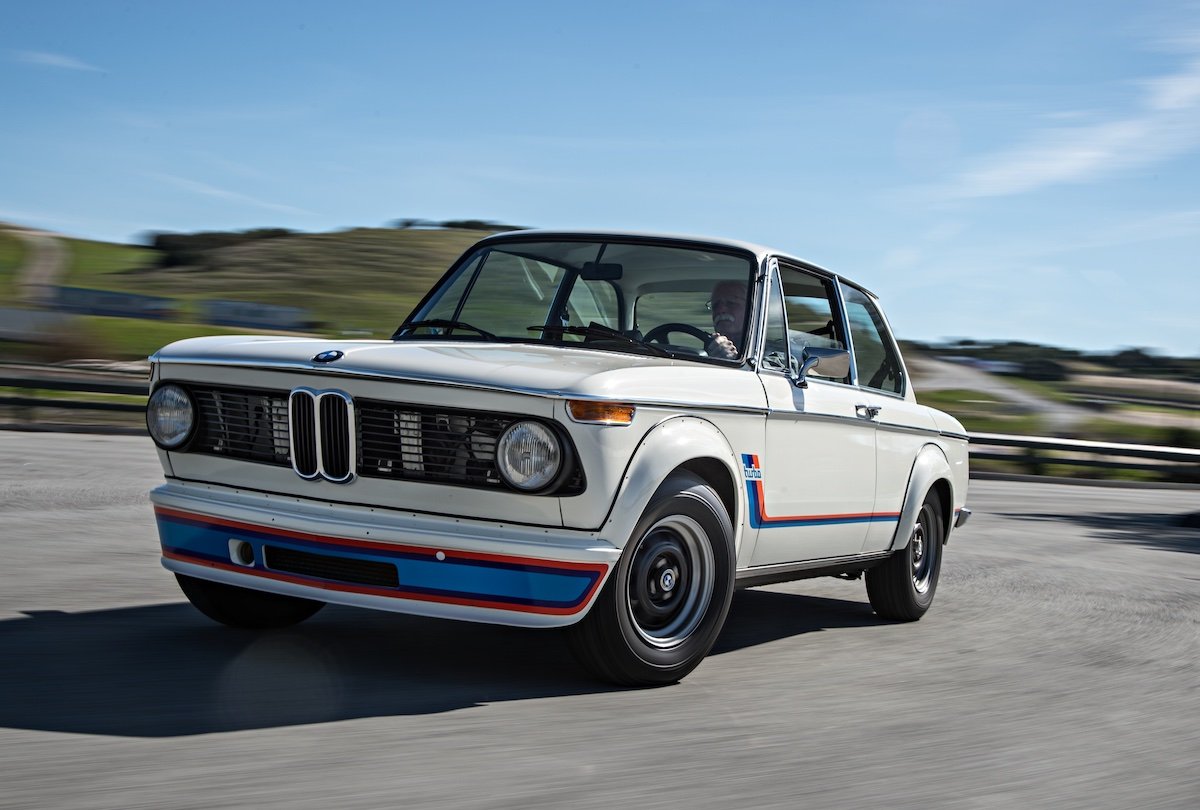
While the racing 2002 Turbo the road car was derived from produced around 200kW, street-legal versions were limited to 127kW
As an aside, Quester would be a mainstay of BMW’s tin-top squad for decades. In a 1990 DTM race, his E30 M3 crossed the line for third place… on its roof!
For the Munich Olympics in 1972, BMW showed a wedge-shaped “Turbo” supercar concept, powered by a turbo four-cylinder engine. This concept car would later influence the BMW M1 supercar. With the 2002 getting long in the tooth, two-and-two came together in a 2002 Turbo road car, shown at Frankfurt 1973 and entering production in January ’74.
The road-homologated 2002 Turbo’s 2.0-litre, SOHC donk (M31) was fitted with a KKK turbo, running 8psi boost and Kugelficher mechanical injection. Power and torque outputs were 127kW at 5800rpm and 241Nm at 4000rpm respectively. A crude, centrifugal contact breaker served as a rev limiter. The five-speed Getrag box drove through a limited-slip diff.
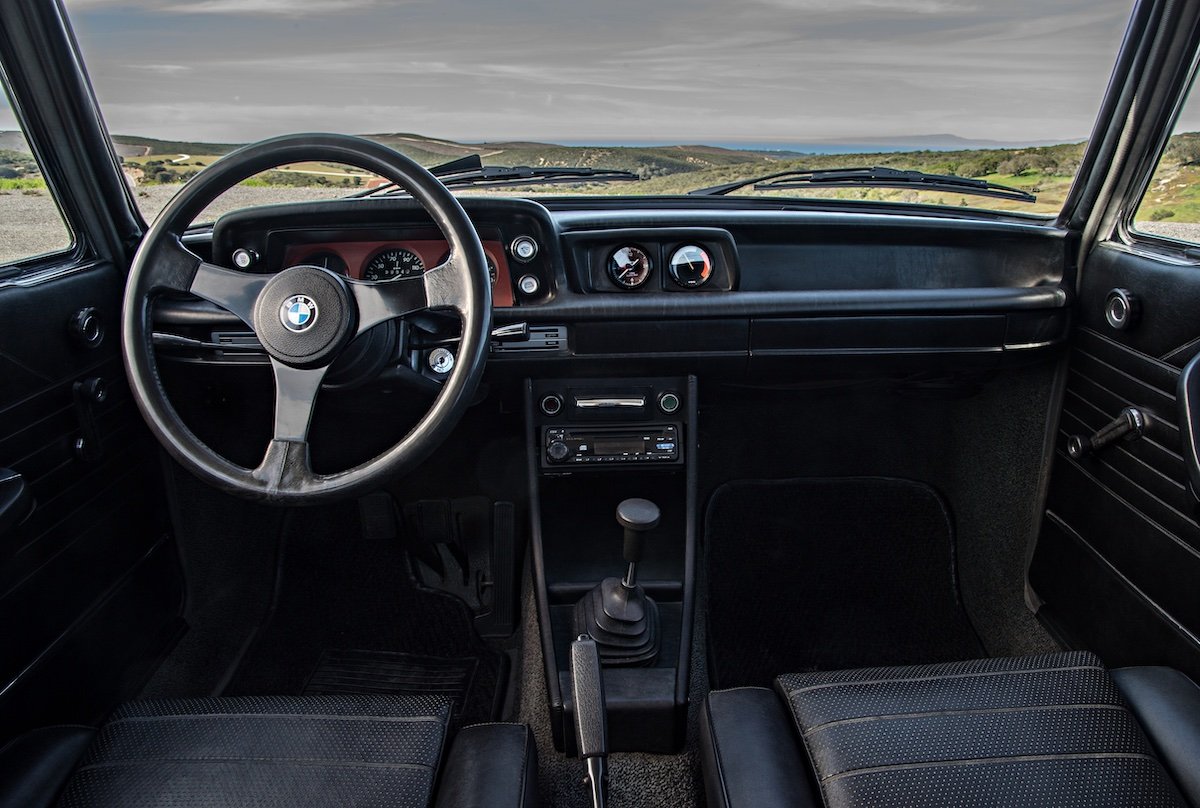
There’s no mistaking this for a normal 2002’s cabin once you spot the boost gauge atop the centre stack
Weighing just over 1000kg, the Turbo could sprint to 100km/h in under eight seconds – though it wasn’t without its challenges. The engine’s long intake tract resulted in glacial turbo lag, followed by explosive power beyond 4500rpm.
A standard 2002’s handling was already lively on its MacPherson strut front and semi-trailing arm/coil rear suspension. The Turbo added stronger springs, half-shafts, clutch and gearbox gizzards. The brakes were upgraded to 254mm vented front discs with four-pot calipers up front, though drums remained on the rear. Wheels were 13-inch Italian Gottis.
The Turbo also sprouted its signature spoilers, flares and BMW Motorsport stripes. Not escaping attention at the Frankfurt launch in September 1973 was the menacing, reversed “2002 Turbo” decal on the front spoiler, deemed to intimidate drivers ahead. Press and public complaints had it pulled from production, though dealers sold plenty of sticker packs.

The menacing “2002 Turbo” decal on the front spoiler became an iconic part of the car’s image at its launch, and while complaints from both the press and the public saw it pulled from the production model, dealerships still sold plenty of sticker packs
As it turned out, the 2002 Turbo’s launch timing could not have been worse. In October 1973, a sudden escalation in the long-running Israeli-Arab saga prompted Arab states to embargo their oil, creating the first energy crisis of the 1970s.
That extrovert styling and dismal 19.0L/100km fuel consumption meant an early demise for the 2002 Turbo in January 1975, with just 1672 examples built. All were left-hand drive, with only two exterior colours: Chamonix White or Polaris Silver.
Still, the 2002 Turbo would have a lasting influence on BMW. Apart from its 1.5-litre F1 engine, based on the same M10 block, and a lone, turbo 7 Series of 1979-86, BMW shied away from building another turbocharged petrol engine for 31 years.

A mere 1672 examples of the 2002 were built by the time production halted in January ’75, all of which were left-hand drive and painted white or silver

